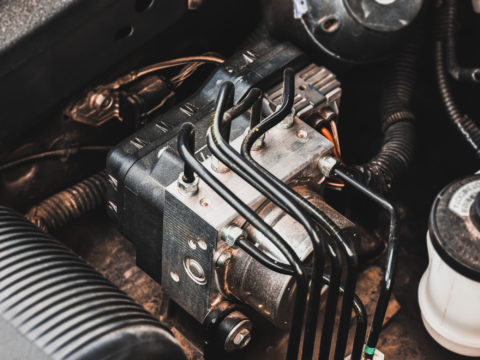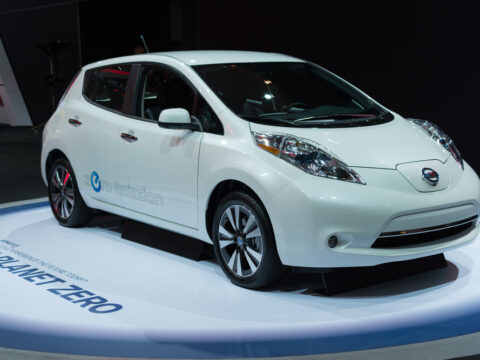As the world rapidly transitions to electric vehicles (EVs) in pursuit of a greener and more sustainable future, it’s essential to address the common concerns that often hover over the minds of potential EV owners. Among the top concerns that can influence purchasing decisions and long-term satisfaction is the lifespan of EV batteries. From degradation over time to charging habits and environmental impact, we will unravel these concerns to provide a comprehensive understanding of what it means to own and maintain an electric vehicle.
Contents
Degradation Over Time
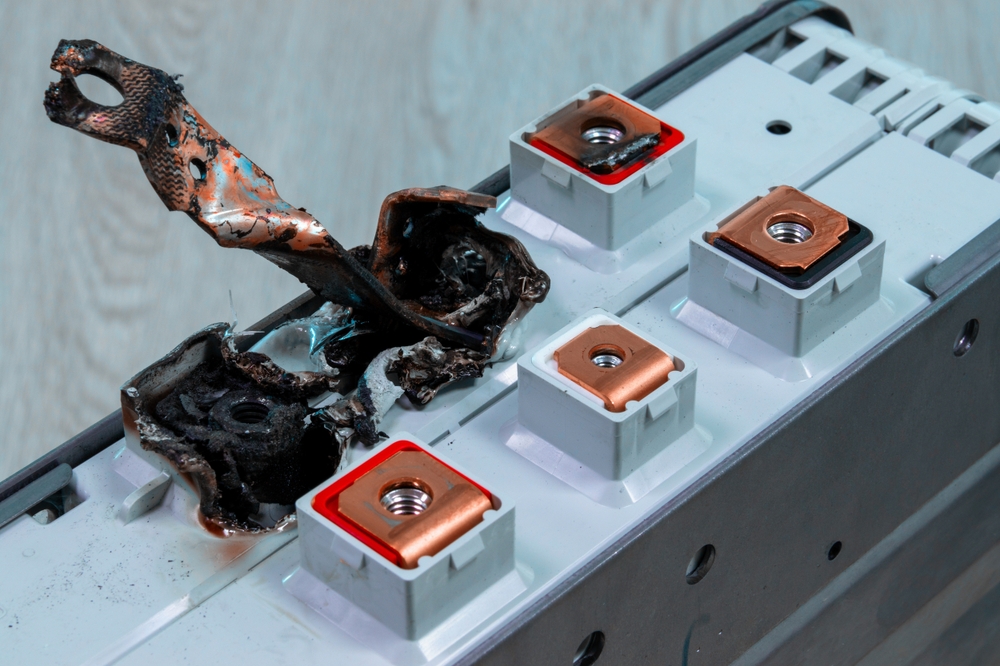
One of the primary concerns is the gradual degradation of an EV battery’s capacity and performance over time. This is caused by the chemical processes within the battery, leading to a reduction in the range the vehicle can travel on a single charge. While manufacturers design batteries to last for many years, this degradation can be a concern for long-term EV ownership.
Charging Habits
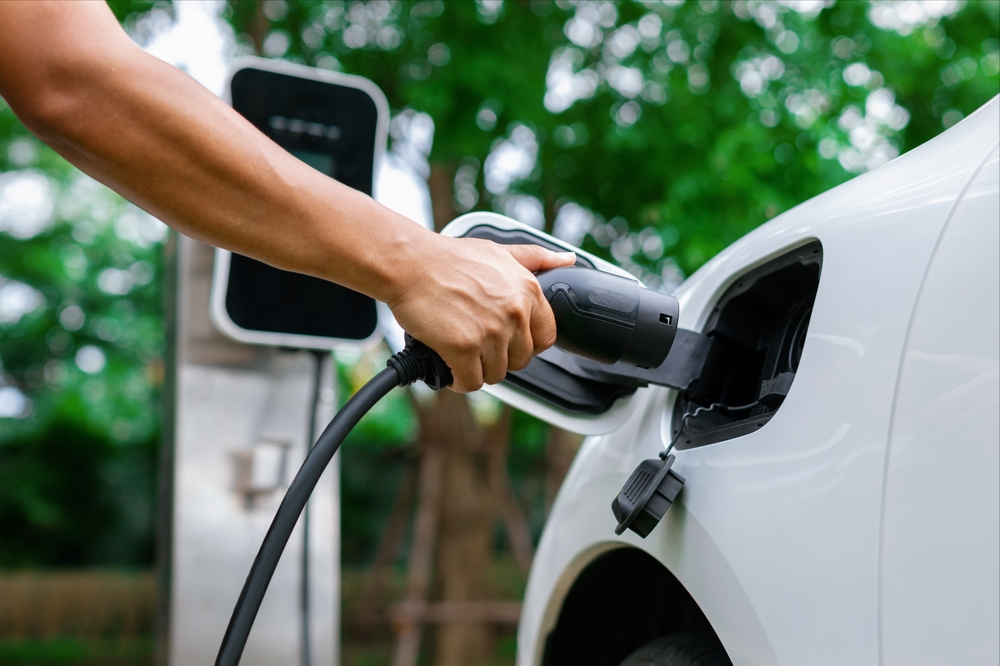
Charging habits can significantly impact battery lifespan. Frequent fast charging or deep discharges can accelerate battery wear. Ideally, EV owners should avoid routinely charging to 100% or discharging to 0%, as staying within a middle range (e.g., 20-80%) can help prolong the battery’s life.
Temperature Extremes
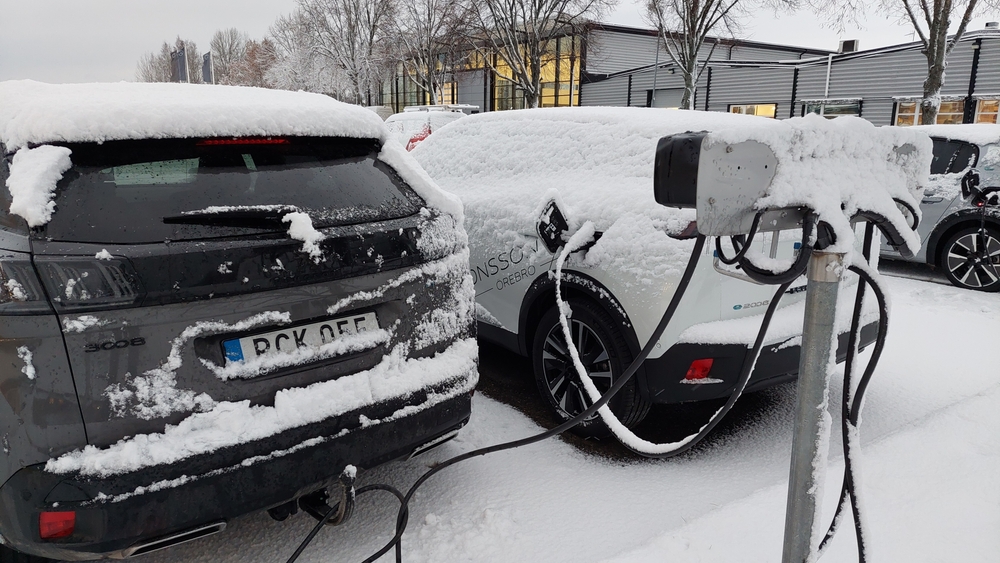
High temperatures can be detrimental to an EV battery, causing chemical reactions that lead to capacity loss. Conversely, extremely low temperatures can reduce battery efficiency and range. Managing temperature extremes, both during charging and operation, is crucial to preserving battery health.
Cycling and Usage Patterns

An EV’s battery lifespan can be influenced by driving patterns and usage. Frequent rapid accelerations, heavy loads, and aggressive driving can strain the battery, potentially leading to quicker degradation. Additionally, constantly driving long distances on a single charge can accelerate wear.
Battery Chemistry
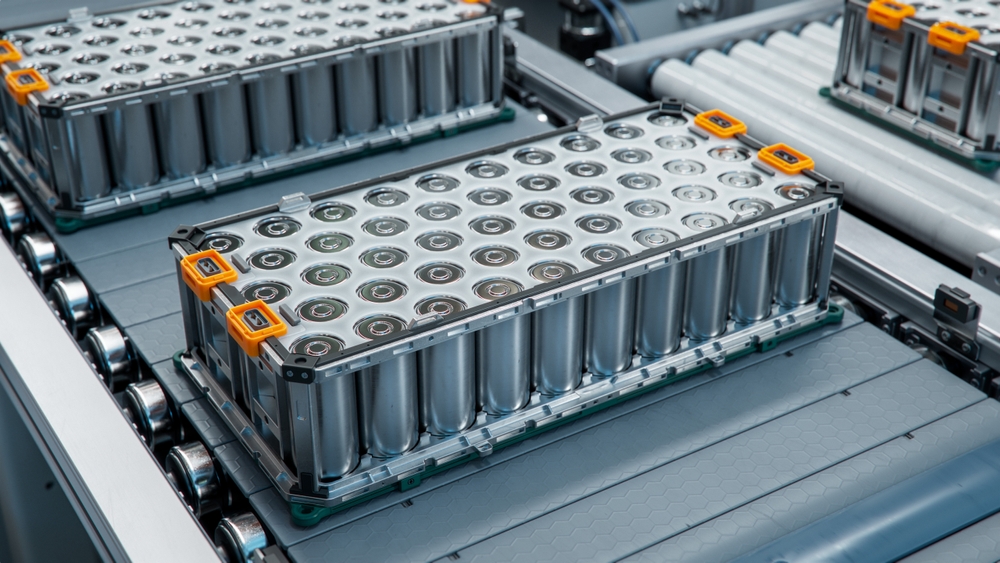
Different types of battery chemistries, such as lithium-ion, have varying lifespans. Some chemistries are more resilient to degradation than others, but they can also be more expensive. Choosing the right battery chemistry is a crucial consideration for EV manufacturers.
Lack of Standardization

Battery technology and management systems vary among EV manufacturers, leading to concerns about standardization. This lack of uniformity can make it challenging for consumers to understand how to maximize their battery’s lifespan and may limit access to replacement options.
Replacement Costs

Replacing an EV battery can be a costly endeavor, often exceeding the value of the vehicle itself. This raises concerns for long-term ownership and resale value, as well as potential financial barriers to battery replacement.
Recycling and Environmental Impact

Concerns about the disposal and recycling of EV batteries have arisen due to the toxic materials within them. Proper recycling and disposal methods are crucial to mitigate environmental risks and maximize the sustainability of EVs.
Software and Updates
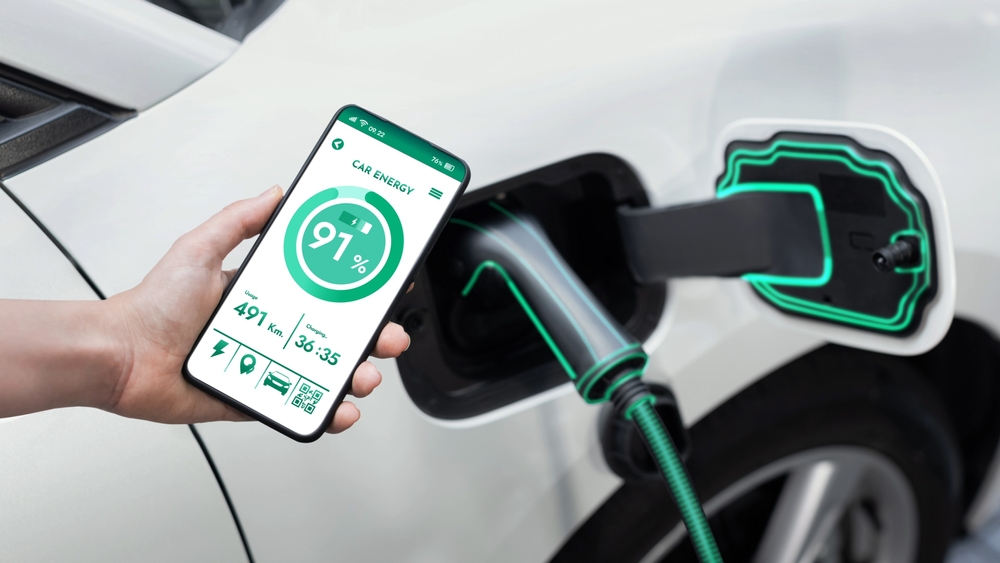
Battery management software plays a crucial role in preserving battery life. Concerns arise when manufacturers discontinue support for older EV models, potentially limiting access to crucial battery management updates and optimizations.
Second-Life Applications

Extending the lifespan of EV batteries through second-life applications, such as repurposing them for stationary energy storage, raises concerns about the effectiveness and safety of repurposed batteries. Ensuring these applications are viable and reliable is essential for sustainability.
This article originally appeared on MyCarMakesNoise.
More from MyCarMakesNoise
10 Notorious EV Recalls That Changed Safety Standards

As the electric revolution accelerates on the roads, so does the scrutiny on the safety and reliability of these high-tech vehicles. This article delves into the challenges some of the most renowned EV models face. Read More.
12 Iconic Motorcycles That Transformed the Industry

From the roar of their engines to the legacy they imprint on the tarmac of time, motorcycles have always been more than just machines; they are symbols of freedom, innovation, and cultural evolution. This article delves into the iconic bikes that didn’t just traverse roads but paved new paths in the world of motorcycling. Read More.
15 Stunning European Cars That Are True Automotive Art

With its rich tapestry of history and culture, Europe has gifted the world with many masterpieces, from art to architecture. But its contributions to the realm of automotive design stand in a league of their own. Read More.



